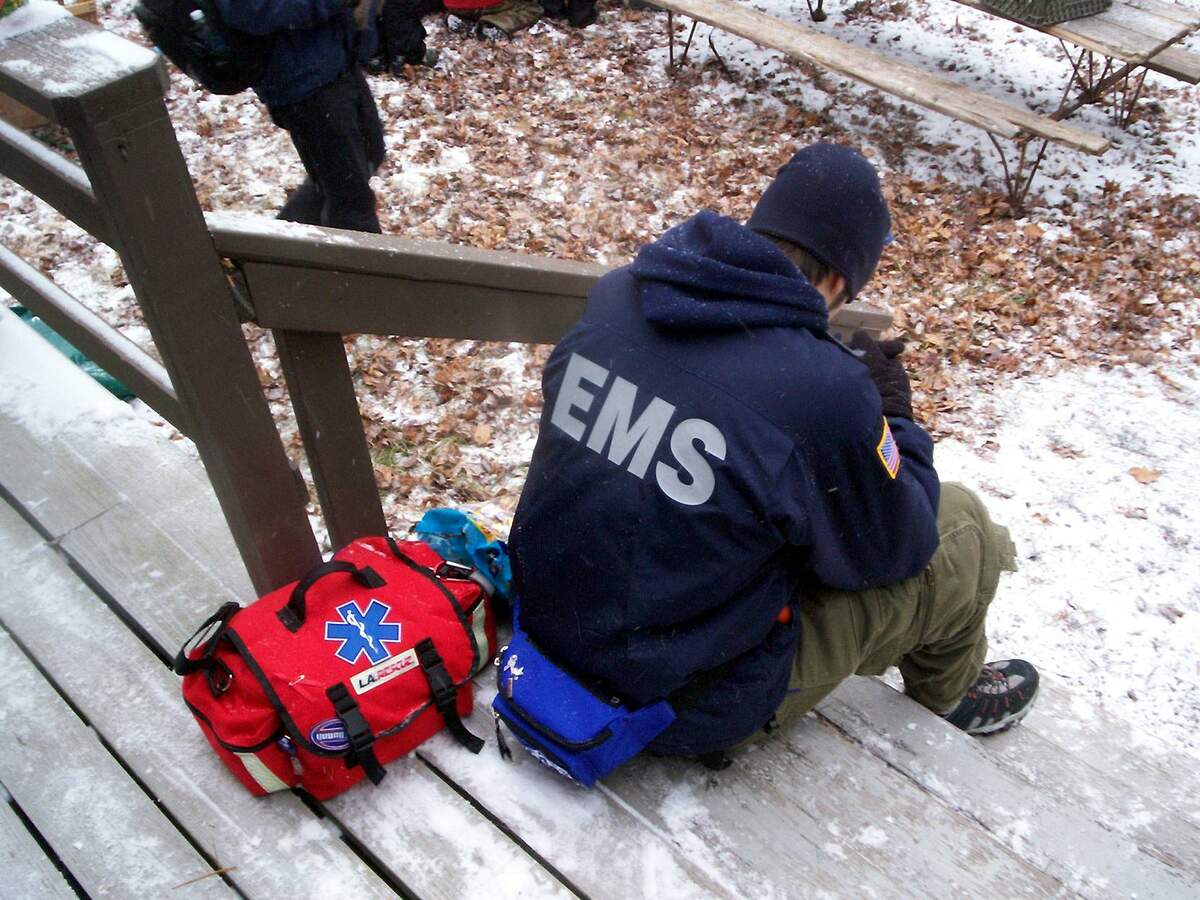

International Fanny Pack Day
Observed
the first Saturday in March (2007)
the second Saturday in March (since 2008)
Dates
Founded by
Nick Yates
Tags
Clothing & Fashion
Items & Things
Hashtags
Sources
http://www.giftypedia.com/International_Fanny_Pack_Day
https://en.wikipedia.org/wiki/Fanny_pack
https://qz.com/quartzy/1493093/fanny-packs-are-one-of-humankinds-oldest-accessories/
https://www.amazon.com/dp/1598888587?tag=checkiday08-20
https://www.facebook.com/IFPDGLBL/
https://www.idahopress.com/boiseweekly/arts_and_culture/culture/get-fashionable-with-international-fanny-pack-day/article_27cdfb60-6770-5173-8a13-b0937701d751.html
https://www.mentalfloss.com/article/580585/fanny-pack-history-and-resurgence
One day, Nick Yates of Boise, Idaho, was walking around Portland, Oregon, with a fruitcake in his fanny pack. He decided to give the fruitcake to a homeless man, and at that moment, food charity and fanny packs became inextricably linked. Yates then created International Fanny Pack Day, not only to pay tribute to fanny packs and for people to wear them but to remind people to end hunger locally and to give to food banks. Each year there is a main event in Boise. The Idaho Foodbank accepts donations, and celebrants everywhere bring cans of food in their fanny packs to their local food bank.
The fanny pack has gone by many other names, such as waist bag, belt bag, belt pack, hip sack, waist bag, bum bag, and moon bag. It is a small fabric pouch worn around the waist, with a strap that goes around the hips to hold it in place, and often a buckle to do the same. Those wearing it can carry items without using their shoulders or arms or putting strain on their back. The pouch is usually worn at the front, but it can be worn at the back, above the "fanny" or the "bum," which is where the bag's name comes from. Such bags on belts date back to antiquity and were worn at the front at the time to make it more difficult for bandits to steal belongings.
Virtually all early societies had some version of the fanny pack. Native Americans wore buffalo pouches. The Iceman, who lived between 3300 and 3200 BCE, had a belt pouch. Similar pouches were still being worn centuries later in medieval Europe. Chatelaine purses worn by women in the Victorian Era were also similar to fanny packs.
In the 1950s, bum bags were pouches worn on ski slopes in England. In Switzerland these were known as bauchtasche. Not much later, these became fanny packs in the United States. A gift guide in a Sports Illustrated from 1954 listed a fanny pack "designed to hold a cross-country skier's wax and lunch" that was "also useful for cyclists, hikers, equestrians." Fanny packs didn't yet achieve the cultural dominance they would, but they continued to be used by recreationists during the following decades.
Fanny packs were ascendant in the 1980s. Made of synthetic materials and often shimmering with flashy neon, they became a fashion statement. Named the hottest product of 1988 by Adweek, they were at their cultural zenith in the late 1980s and early 1990s. Soccer moms, tourists, and those who wore athletic wear when not exercising—donners of athleisure—wore them the most. Fanny packs gradually declined in popularity and use in the 2000s, but still were worn ironically by some.
By the late 2010s, fanny packs began coming back into vogue. Fashion designers like Gucci, Louis Vuitton, and Prada began marketing them, and they were worn by celebrities. Some people started wearing them across their torso instead of above the waist, and the packs were given new names like belt bag and waist bag. Fanny packs may wax and wane in popularity, but their current status matters not on International Fanny Pack Day when they are worn proudly in the name of fighting hunger.
How to Observe International Fanny Pack Day
The finest way to celebrate is to fill your fanny pack up with nonperishable food items and take them to your local food bank. Wearing a fanny pack in general, or buying a new one, are other appropriate ways to celebrate. If you can make it to Idaho, donate to The Idaho Foodbank and stop at the day's official event in Boise. You could also follow the day's Facebook page.





















